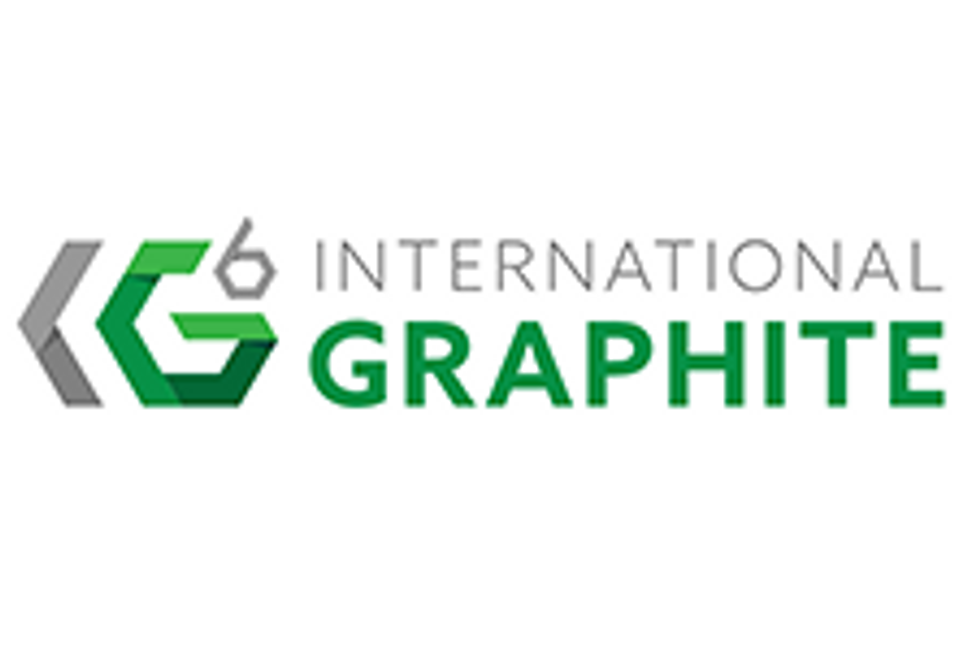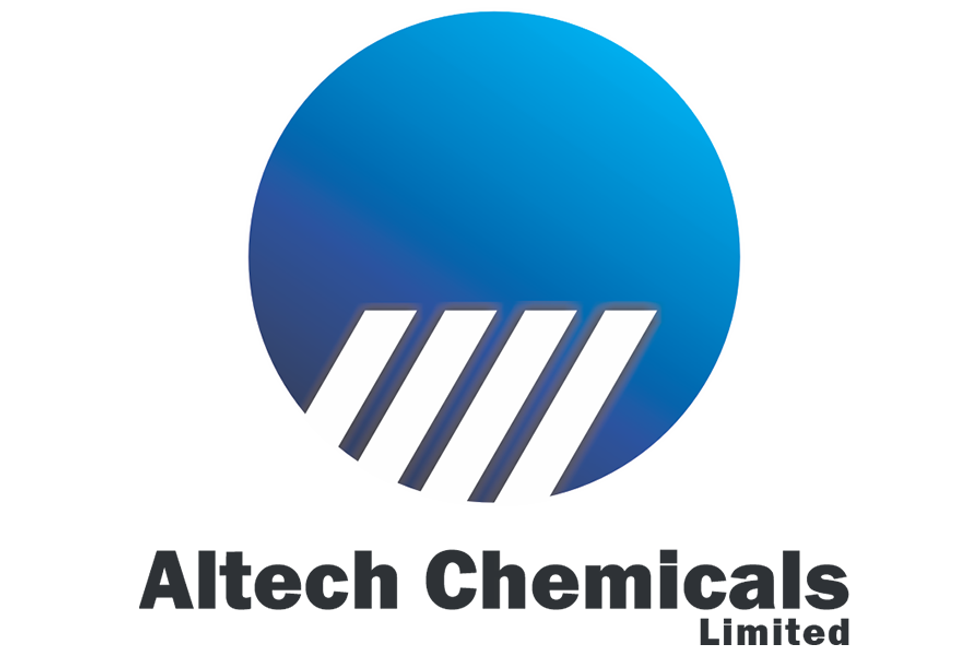Your introduction to the rapidly expanding graphite market.
Graphite is one of two naturally-formed polymers of carbon. Unlike its carbon-polymer cousin diamond, the semi-metal is an excellent conductor of heat and electricity and has the highest natural strength and stiffness of any material.
In 2012, the European Commission, the British Geological Survey, and the US State Department declared graphite just that, in large part because of its importance in traditional industries such as steelmaking and its continually emerging importance in energy technologies. China’s control over 70 percent of the world’s graphite production has also been a cause for concern.
Types and applications
The graphite market includes three principle types of graphite – amorphous, flake, and lump – each of which occurs in different types of ore deposits.
Historically, applications such as refractories, steelmaking, brake linings, foundry facings, and lubricants (and yes, pencils) have primarily used amorphous and lump graphite. The automotive and steel industries currently account for the majority of consumption; graphite is used to increase carbon content, which strengthens steel and allows it to withstand much higher temperatures.
However, alternative energy technologies and applications – graphene, lithium-ion batteries, fuel cells, and solar panels – are also propelling demand for graphite, particularly the high-grade, large-flake variety.
Lithium-ion batteries, widely used in consumer electronics such as cell phones, laptops, tablets, and power tools, and energy storage, have replaced the nickel-metal hydride batteries used in electric vehicles, electric motorcycles, and scooters. While lithium is an essential part of this technology, graphite also plays an important role in the construction of a battery’s anode material; 20 times more graphite than lithium is required in lithium-ion batteries.
Since 2014, excitement surrounding Tesla Motors (NASDAQ:TSLA) has contributed to a shift in graphite demand. Demand for the lithium-ion battery currently accounts for a third of the graphite market and is set to increase by over 200% in the next four years to overtake steel as its primary driver.
Graphite is also an essential part of vanadium redox battery technology, with nearly 300 tons of flake graphite required per 1,000 megawatts of storage. Vanadium redox battery production is expected to rise alongside of growing demand for alternative energy sources such as wind and solar. The unique properties of vanadium and graphite combined allow for the long-term storage of an unlimited capacity of excess energy, which helps to solve one of the inherent problems associated with this type of energy source: interrupted production.
Market outlook
The quality of flake graphite varies by grade and particle size, with most consumers preferring to use high-grade, large-flake graphite for their products. In fact, it is flake size and purity that determine price. Large flake graphite (+80 mesh), with high carbon content (94 percent or greater) is the type required for use in lithium-ion batteries, and it fetches a premium. While amorphous graphite used in steelmaking has been trading at around $850 per tonne, flake graphite is selling in the range of $2,200 to $3,000 per tonne depending on flake size.
With the growth in graphite demand, Persistence Market Research predicts that the market, valued at US$13 billion in 2013, could reach $17.5 billion by 2020. However, available supply is not witnessing the same level of growth – less than half of world production for graphite is of the flake variety, and this looming supply and demand imbalance is creating opportunities for explorers and producers alike.
The Globe and Mail writes that an annual rate of 150,000-170,000 tonnes of extra anode grade graphite will be needed by 2020 to meet the demands set by the electric vehicular industry alone. Other uses are expected to strain supply as well. The US Geological Survey has said that “[l]arge-scale fuel-cell applications are being developed that could consume as much graphite as all other uses combined,” and China is already on its way to developing a pebble-bed nuclear plant, a sector anticipated to drive graphite demand in the future.
The China factor grips graphite market
Exploding demand isn’t the only factor weighing on prices. China’s “stranglehold” on global graphite supply coupled “with a generation of under-investment in mines around the world, is creating a very tight supply situation,” said Simon Moores of Industrial Minerals.
China produces more than 70 percent of the world’s graphite supply, dominating both the amorphous and flake graphite markets, and commands nearly 100 percent of spherical graphite. China’s near total control of the graphite market has left western consumers, especially the United States, which is fully dependent on imports to meet industrial demand, with slim alternative options. Washington Post reported: “China’s dominance in the graphite industry is in part because of price. While the mineral can be found elsewhere, the low cost of Chinese graphite discourages companies elsewhere from opening mines.” The remainder of the world’s graphite comes from India, Brazil, North Korea, Madagascar, Sri Lanka, and Canada. While mining companies struggle to compete with Chinese prices, cleantech companies are having to use materials that are environmentally problematic.
In an effort to further control the market, as it has done with rare earth metals, China has imposed a 20 percent export duty, a 17 percent VAT, and an export licensing system. Environmental concerns surrounding a tight supply in China incite the need to reconsider the future of graphite production.
This is an updated version of an article originally published on the Investing News Network on March 26, 2012.
Don’t forget to follow us @INN_Resource for real-time updates!
Securities Disclosure: I, Melissa Pistilli, hold no direct investment interest in any company mentioned in this article.





